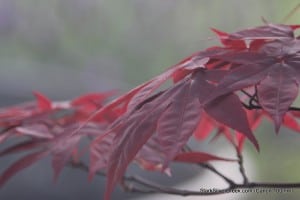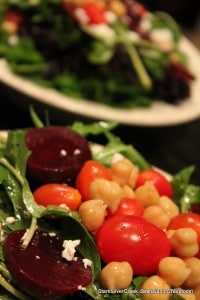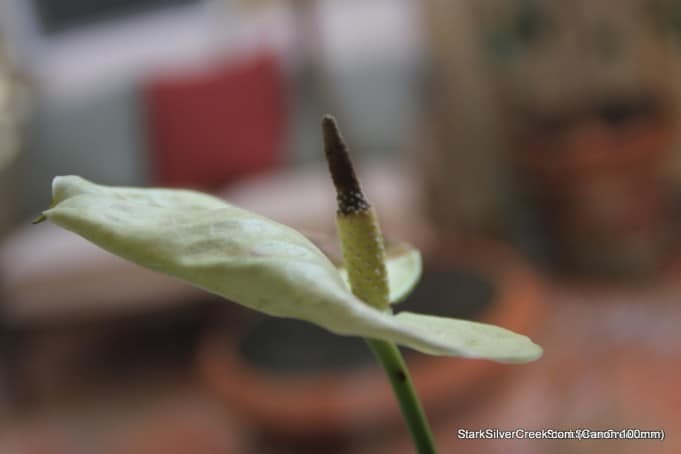(Update: I’ve added photos of the lenses in a gallery below.)
Our love affair at SSC with the new Canon T2i is still going strong. If you notice a different look to some of the new videos, and more photos, more gloss, then you can thank it for that extra pop.
Not being an expert with DSLR, I’m ramping up slowly and reacquainting myself with long-forgotten terms such as f-stop, aperture and shutter speed. Google and some instructional web sites have been very helpful, as have forums such as dvinfo.net and dvxuser. Like most new models from Canon and Nikon, there is a rabid fan base and following.

Being a third generation “Canon Stark” means I can now enjoy some of the family photographic heirlooms. On my last trip up North my Dad had a ready bag full of high quality lenses used by him and his father from the 1980s with cameras such as the Canon TL and AE-1. In anticipation of this score I had purchased a Zykkor Canon FD-EOS adapter so the lenses would fit. We talked about the old SLR days; processing film! Now we’re spoiled. Shoot away, immediate gratification. And no cost. How about that?
After sitting in the corner of our office here in San Jose, I finally had a few spare minutes to test (play) with these lenses.
One thing I noticed right away is the weight of the older lenses: heavy. In a nicely-engineered way. You quickly realize how light today’s lenses are, for better or worse. Switching back after a round of shooting to the stock Canon lens felt like going from a wooden hockey stick to composite. Well, sort of.
Before I get to the test photos, here is the list of lenses that will live on for another generation, now shooting on SD instead of film:
- Makinon 80-200mm
- Makinon 28-80mm
- Canon 28mm
- Canon 100mm macro (with extension tube FD50)
- Canon Auto 2X teleconverter

I should note that all of them were made in Japan. How refreshing! Remember, Taiwain was making plastic spiders, Japan was making electronics, and China… well, they would catch up soon enough.
Below are some tests with two of the lenses. I still have more to go. I’m getting faster at putting the adapter on. At first, it was a struggle figuring out how to line it up properly. It felt slightly different then installing the stock lens onto the T2i for example. And I’m not familiar at all with Zykkor. I bought it based on some online comments, and its price which seemed reasonable, about $40. I do wonder though if it’s negatively impacting any of the test photos you see here.
All four of the EOS lenses fit onto the adapter, again after a bit of fiddling. We learned to take the f-stop dial off automatic. Of course, this would be fine anyways since none of the auto functions would work. All settings would be manual. Something most pros I’m sure swear by anyways, but for me yet another step in the learning process.
So onto the test results.
I really focused (literally) on the Makinon 80-200mm and Canon 100mm lenses for this round. I then shot similar photos with stock (Canon 18-55mm) which I find quite decent, especially considering it only adds $100 to the kit ($899 US B&H Photo).

I used the teleconverter for all the tests (aside from stock), which in retrospect was a mistake I think. There was three pieces of glass: the Zykkor adapter, the teleconverter followed by the Makinon or Canon lens. It was heavy. It also concerns me the amount of potential for distortion given the amount of distance and lenses the light needed to travel.
A few initial observations.
The Canon lenses appear sharper. In one photo I zoomed in as far as I could on a sign. It was legible (but just) with the Canon when I zoom in on the photo using Picasa or Photoshop, but not with the Makinon.
Most photos, however, appear washed out. The contrast is weak. I’m not sure why that is. Is it the Zykkor adapter? The teleconverter? Or is it just the nature of lenses that are some 30 years old, and designed for SLRs?
Of the four lenses, I think the gem is the Canon 100mm which should be wonderful for portrait photography (not that I do that mind you) and for macro shots.
None of the shots have been re-touched except to resize and add the SSC watermark.
I hope you enjoy these test shots. If you have any questions or suggestions please do fire away. I’ll be continuing to do more tests. In addition, we’re using the T2i in the field, most recently at Pebble Beach Food and Wine. We’re also using it for some of the newer videos.
I’ll write about using the Canon T2i for video in an upcoming post, including some of the equipment we’re using. Suffice to say it’s fantastic.
One final note, I was perplexed as to why CNET only gave this camera only 3.5 out of 5 stars. After all, it offers so much power, so much quality for under $1,000. From what I understand the sensor is the same as the Canon 7D which costs over twice the price. Further, the T2i can shoot pristine 1080p/24 video. Then again, I’m not a pro, just mere observations by a fan and enthusiast.
Video shot with Canon T2i
You’ll see I have focus improvements, and framing practice ahead. At about 8:45 I change to Canon 50mm 1.8 to get some depth of field and fun film-like shots near end.


